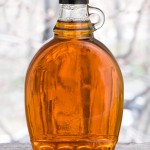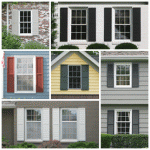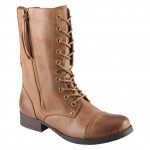It all started with Waffles. While enjoying a fresh batch one Sunday morning we got to discussing the purpose of the tiny round handle on the neck of the maple syrup bottle. Completely useless as an actual handle, we theorized about its purpose for a few minutes; catching the drips from pouring the syrup? A lanyard for hanging the bottle around your neck for quick/convenient access? Before the inevitable trip down the Google black hole. Turns out that maple syrup was originally made in one-gallon jugs and at that size, the handle was needed to steady your pour. Now that those same containers have been scaled down, the handle remains as a design element making up that recognizable jug-band bottle shape.
These types of throw-back design details that stick around beyond their use are called skeuomorphs. And just so you know that we’re not making this up, here’s what our good friend Wikipedia had to say on the subject:
‘An element of design or structure that serves little or no purpose in an object fashioned from new material but was essential to the object made from it’s original material.’
Today this term is used mostly in reference to user interfaces for the digital word. Think about the ‘save’ icon on your desktop computer; it’s an image of a floppy disk (when’s the last time you even saw one of those?!?), or how some digital audio player have ‘controls’ that resemble the dials on your parents old hi-fi. But what are some examples of skeuomorphism in the physical design world? And why have I used an image of the Griswold family in the title of this post? Let me explain …
A ‘woodie’ wagon like the one made famous by Clarke W. Griswold in National Lampoon’s Vacation, is a skeuomorphic design based on a vehicle that was actually built with a wood frame. The wood construction has been obsolete for more than 60 years but the design element of wood paneling has been used on modern vehicles. That’s a skeuomorph. So are; decorative shutters used to give homes curb appeal, a pair of lace-up boots with a zipper closure to get them on and off, and even the shutter sound made by your smart phone camera app.
Skeuomorphic elements, while they have the ability to bring familiarity to new objects, creating nostalgia and connection, can also maintain redundancies in design, stifling truly innovative change. Their value in design is certainly debatable but at breakfast I’ll take my waffles with a side of warm skeuomorphism.
- Jug band
- The Griswolds
- Skeuomorphic Stunt work
- Curb Appeal
- Boots for the less-dextrous
- Smart Phone Camera






